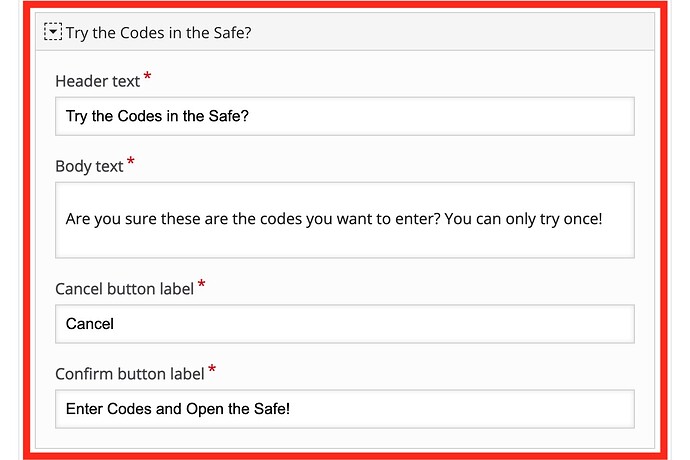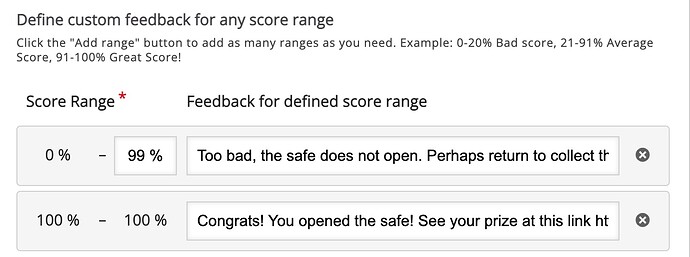Thanks to so many people here who responded to the call for favorite H5P dishes, I hope I did not miss any. Thanks @otacke @sushumna @lucytallents @jrdingwall @kylemackie @Enkerli @PerrineCoet @clintlalonde @greeneterry @yasin.dahi @annarmills
This was used earlier this week for a two part online session at the the Texas Higher Education Coordinating Board’s Digital Learning Summit. First up, where I offered these as a “buffet” within a branching scenario tasting Tour of H5P
Of course you can never cover enough in an hour, it was meant to be something that anyone (meaning that in the broadest open sense) could return to.
There were 90 participants most of whom were new to H5P. I found excitement from the chat message activity, and note the large hurdle as always is taking the excitement for what is possible and dealing with the ‘where I publish this so I can use it’ question.
I tried to make the case of H5P being maybe one of the ultimate examples of OER in that what you create is very transpottable (because of it being self contained web standard content), but also the built in capabilities for reuse metadata, and that one can download source content (if enabled) and easily remix.
It is these factors that enable the range of H5P content types that are simple interactions, to more complex ones that demonstrate what I called “H5P Inception”-- My quote/unquote presentation as an H5P branching scenario, includes inside of of the Course Presentation type which itself can include bits that are H5P Interactive video and Drag Words.
But this structure of H5P also allows for the creation of sharing of custom content types that go beyond the 50+ offered ones, like the image exploration example shared by JR Dingwall and Two content types I found via Oliver Tacke. The power here is you can get the same functionality by downloading the .h5p, bringing into any H5P authoring space, and then changing/modifying with your own content.
The second session was pitched as hands on workshop that I covered maybe 20% of all I prepared, but again was was meant as a Taste and Come Back to on your Own Time:
This was designed in my usual approach to H5P (DO NOT START WITH THE TOOLs) but first providing suggestions of ways to find examples as a taste either from the opening taste tour or from the expanded set of places to find good H5P – “Studios” (because there are more than one) and H5P enabled OER Directories (ditto).
For the hands on parts, I suggested using the Lumi desktop editor and opening in it a .h5p they had found in the above mentioned places. People seemed really excited about using Lumi (yay), but as usual, things get messier when it came time to suggest places to publish h5p to try seeing how it can travel/embed elsewhere. Despite the warnings, I think h5p.org is still viable to at least play to see how it works.
I had planned to make available a new demo version of OER Studio that has been developed by Learnful (thanks Yason for setting this up). We really did not get this far, but if you want to create a test account using the special code on account setup KitchenDemo.
This is where newbies ge caught up, because rather than exploring the creative end and the making of interactive content, they are already jumping to how to they use it. I understand this, but it tends to derail the flow to explain why this a bit more limited.
Anyhow, I had a great time putting this together and opening up the H5P kitchen to the state of texas (and beyond)


